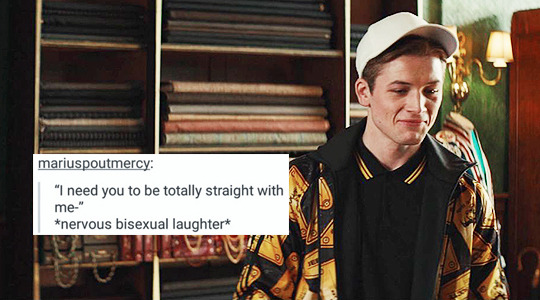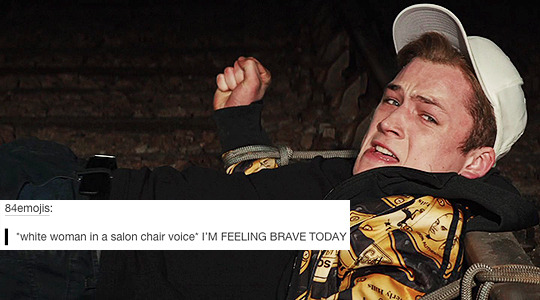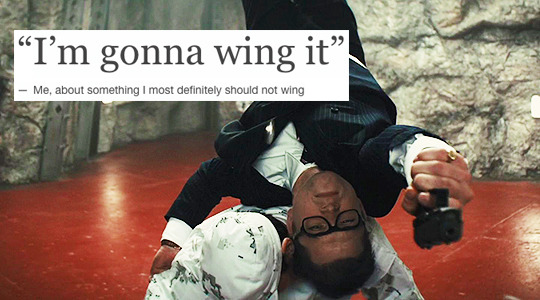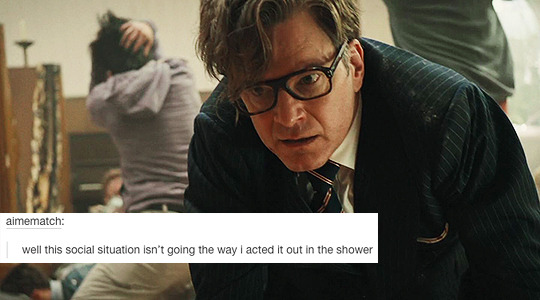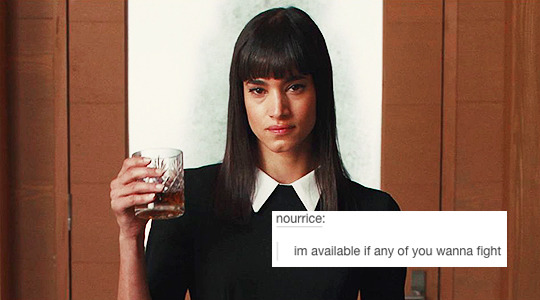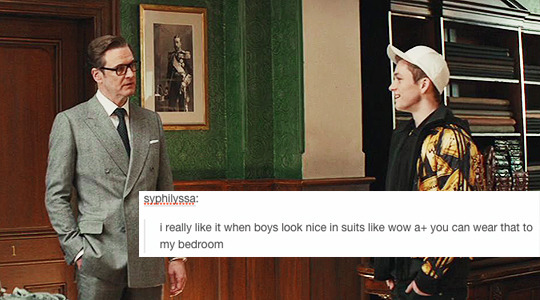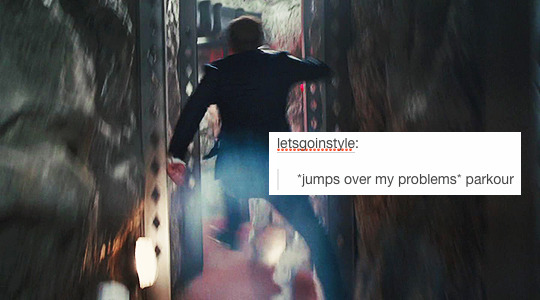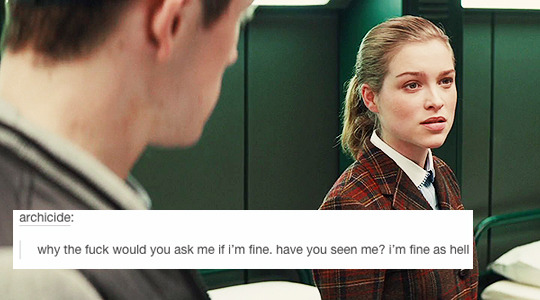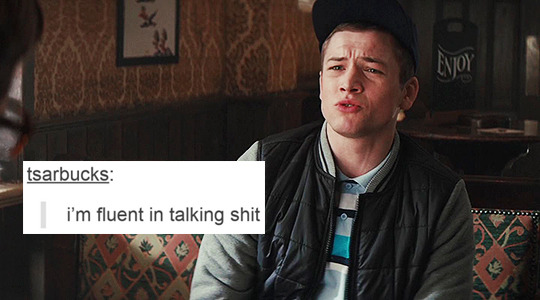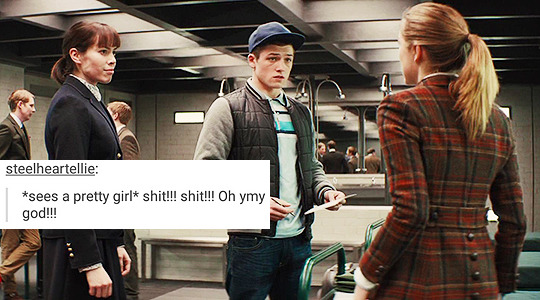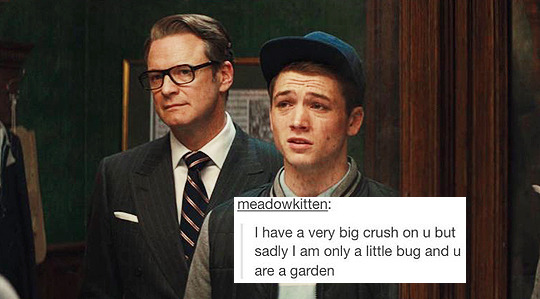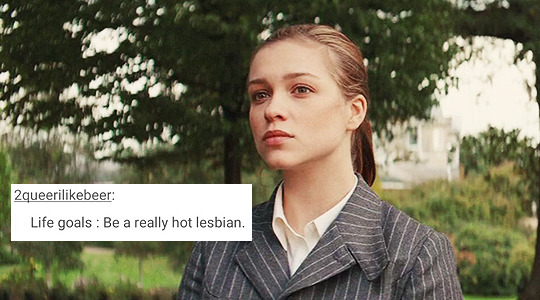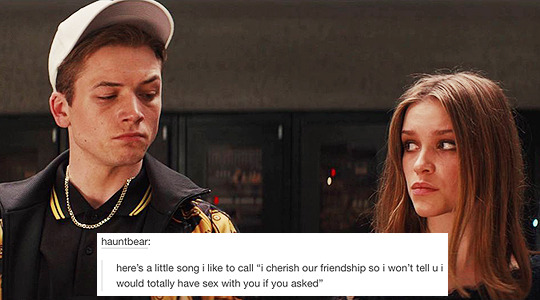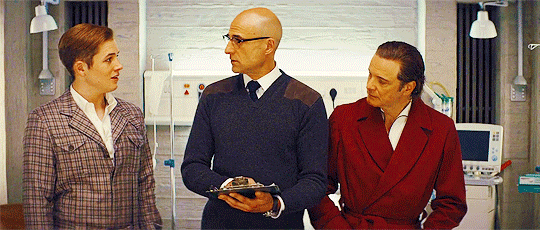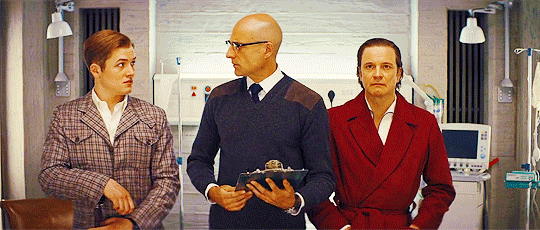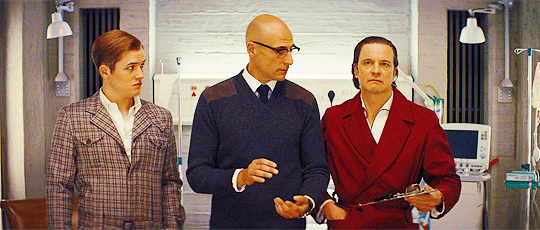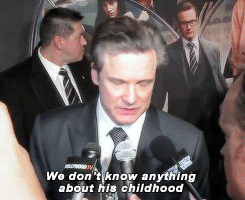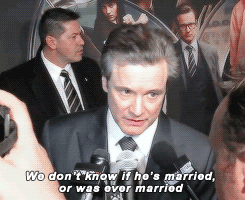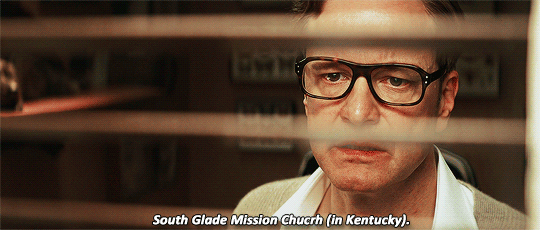Text
Ref Recs for Whump Writers
Violence: A Writer’s Guide: This is not about writing technique. It is an introduction to the world of violence. To the parts that people don’t understand. The parts that books and movies get wrong. Not just the mechanics, but how people who live in a violent world think and feel about what they do and what they see done.
Hurting Your Characters: HURTING YOUR CHARACTERS discusses the immediate effect of trauma on the body, its physiologic response, including the types of nerve fibers and the sensations they convey, and how injuries feel to the character. This book also presents a simplified overview of the expected recovery times for the injuries discussed in young, otherwise healthy individuals.
Body Trauma: A writer’s guide to wounds and injuries. Body Trauma explains what happens to body organs and bones maimed by accident or intent and the small window of opportunity for emergency treatment. Research what happens in a hospital operating room and the personnel who initiate treatment. Use these facts to bring added realism to your stories and novels.
10 B.S. Medical Tropes that Need to Die TODAY…and What to Do Instead: Written by a paramedic and writer with a decade of experience, 10 BS Medical Tropes covers exactly that: clichéd and inaccurate tropes that not only ruin books, they have the potential to hurt real people in the real world.
Maim Your Characters: How Injuries Work in Fiction: Increase Realism. Raise the Stakes. Tell Better Stories. Maim Your Characters is the definitive guide to using wounds and injuries to their greatest effect in your story. Learn not only the six critical parts of an injury plot, but more importantly, how to make sure that the injury you’re inflicting matters.
Blood on the Page: This handy resource is a must-have guide for writers whose characters live on the edge of danger. If you like easy-to-follow tools, expert opinions from someone with firsthand knowledge, and you don’t mind a bit of fictional bodily harm, then you’ll love Samantha Keel’s invaluable handbook
21K notes
·
View notes
Photo







You are about to embark on what is probably the most dangerous job interview in the world.
Kingsman: The Secret Service (2014) dir. Matthew Vaughn
2K notes
·
View notes
Text
Two articles my screenwriting professor, Camille Thomasson, gave us in our Yale college seminar. I give these to every single student I encounter—a handout at many workshops!
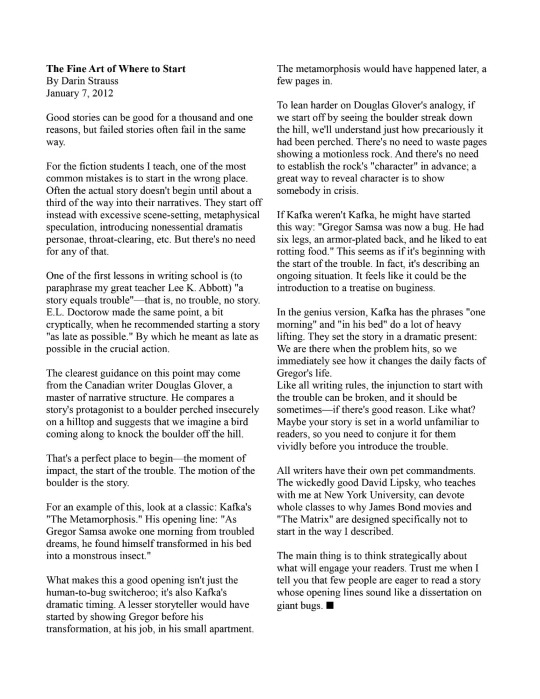
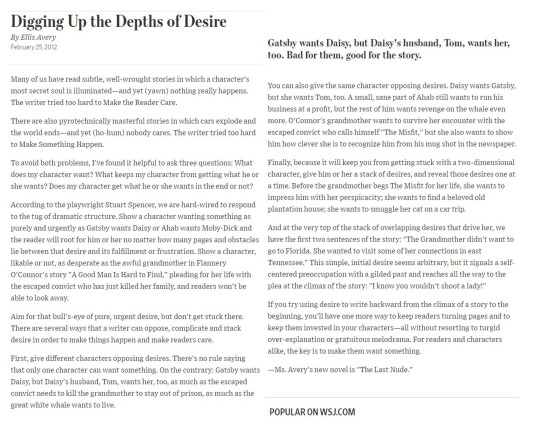
text under cut
The Fine Art of Where to Start
By Darin Strauss
January 7, 2012
Good stories can be good for a thousand and one reasons, but failed stories often fail in the same way.
For the fiction students I teach, one of the most common mistakes is to start in the wrong place. Often the actual story doesn't begin until about a third of the way into their narratives. They start off instead with excessive scene-setting, metaphysical speculation, introducing nonessential dramatis personae, throat-clearing, etc. But there's no need for any of that.
One of the first lessons in writing school is (to paraphrase my great teacher Lee K. Abbott) "a story equals trouble"—that is, no trouble, no story. E.L. Doctorow made the same point, a bit cryptically, when he recommended starting a story "as late as possible." By which he meant as late as possible in the crucial action.
The clearest guidance on this point may come from the Canadian writer Douglas Glover, a master of narrative structure. He compares a story's protagonist to a boulder perched insecurely on a hilltop and suggests that we imagine a bird coming along to knock the boulder off the hill.
That's a perfect place to begin—the moment of impact, the start of the trouble. The motion of the boulder is the story.
For an example of this, look at a classic: Kafka's "The Metamorphosis." His opening line: "As Gregor Samsa awoke one morning from troubled dreams, he found himself transformed in his bed into a monstrous insect."
What makes this a good opening isn't just the human-to-bug switcheroo; it's also Kafka's dramatic timing. A lesser storyteller would have started by showing Gregor before his transformation, at his job, in his small apartment. The metamorphosis would have happened later, a few pages in.
To lean harder on Douglas Glover's analogy, if we start off by seeing the boulder streak down the hill, we'll understand just how precariously it had been perched. There's no need to waste pages showing a motionless rock. And there's no need to establish the rock's "character" in advance; a great way to reveal character is to show somebody in crisis.
If Kafka weren't Kafka, he might have started this way: "Gregor Samsa was now a bug. He had six legs, an armor-plated back, and he liked to eat rotting food." This seems as if it's beginning with the start of the trouble. In fact, it's describing an ongoing situation. It feels like it could be the introduction to a treatise on buginess.
In the genius version, Kafka has the phrases "one morning" and "in his bed" do a lot of heavy lifting. They set the story in a dramatic present: We are there when the problem hits, so we immediately see how it changes the daily facts of Gregor's life.
Like all writing rules, the injunction to start with the trouble can be broken, and it should be sometimes—if there's good reason. Like what? Maybe your story is set in a world unfamiliar to readers, so you need to conjure it for them vividly before you introduce the trouble.
All writers have their own pet commandments. The wickedly good David Lipsky, who teaches with me at New York University, can devote whole classes to why James Bond movies and "The Matrix" are designed specifically not to start in the way I described.
The main thing is to think strategically about what will engage your readers. Trust me when I tell you that few people are eager to read a story whose opening lines sound like a dissertation on giant bugs.
-
Digging Up the Depths of Desire
By Ellis Avery
February 25, 2012
Many of us have read subtle, well-wrought stories in which a character's most secret soul is illuminated—and yet (yawn) nothing really happens. The writer tried too hard to Make the Reader Care.
There are also pyrotechnically masterful stories in which cars explode and the world ends—and yet (ho-hum) nobody cares. The writer tried too hard to Make Something Happen.
To avoid both problems, I've found it helpful to ask three questions: What does my character want? What keeps my character from getting what he or she wants? Does my character get what he or she wants in the end or not?
According to the playwright Stuart Spencer, we are hard-wired to respond to the tug of dramatic structure. Show a character wanting something as purely and urgently as Gatsby wants Daisy or Ahab wants Moby-Dick and the reader will root for him or her no matter how many pages and obstacles lie between that desire and its fulfillment or frustration. Show a character, likable or not, as desperate as the awful grandmother in Flannery O'Connor's story "A Good Man Is Hard to Find," pleading for her life with the escaped convict who has just killed her family, and readers won't be able to look away.
Aim for that bull's-eye of pure, urgent desire, but don't get stuck there. There are several ways that a writer can oppose, complicate and stack desire in order to make things happen and make readers care.
First, give different characters opposing desires. There's no rule saying that only one character can want something. On the contrary: Gatsby wants Daisy, but Daisy's husband, Tom, wants her, too, as much as the escaped convict needs to kill the grandmother to stay out of prison, as much as the great white whale wants to live.
Gatsby wants Daisy, but Daisy's husband, Tom, wants her, too. Bad for them, good for the story.
You can also give the same character opposing desires. Daisy wants Gatsby, but she wants Tom, too. A small, sane part of Ahab still wants to run his business at a profit, but the rest of him wants revenge on the whale even more. O'Connor's grandmother wants to survive her encounter with the escaped convict who calls himself "The Misfit," but she also wants to show him how clever she is to recognize him from his mug shot in the newspaper.
Finally, because it will keep you from getting stuck with a two-dimensional character, give him or her a stack of desires, and reveal those desires one at a time. Before the grandmother begs The Misfit for her life, she wants to impress him with her perspicacity; she wants to find a beloved old plantation house; she wants to smuggle her cat on a car trip.
And at the very top of the stack of overlapping desires that drive her, we have the first two sentences of the story: "The Grandmother didn't want to go to Florida. She wanted to visit some of her connections in east Tennessee." This simple, initial desire seems arbitrary, but it signals a self-centered preoccupation with a gilded past and reaches all the way to the plea at the climax of the story: "I know you wouldn't shoot a lady!"
If you try using desire to write backward from the climax of a story to the beginning, you'll have one more way to keep readers turning pages and to keep them invested in your characters—all without resorting to turgid over-explanation or gratuitous melodrama. For readers and characters alike, the key is to make them want something.
—Ms. Avery's new novel is "The Last Nude."
839 notes
·
View notes
Photo

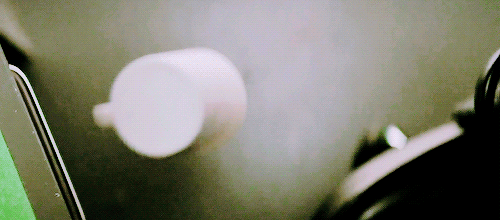
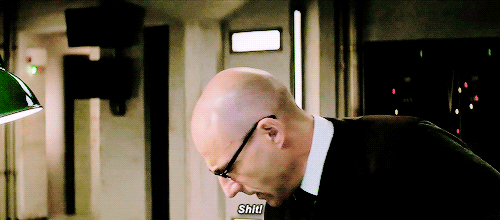
949 notes
·
View notes
Text
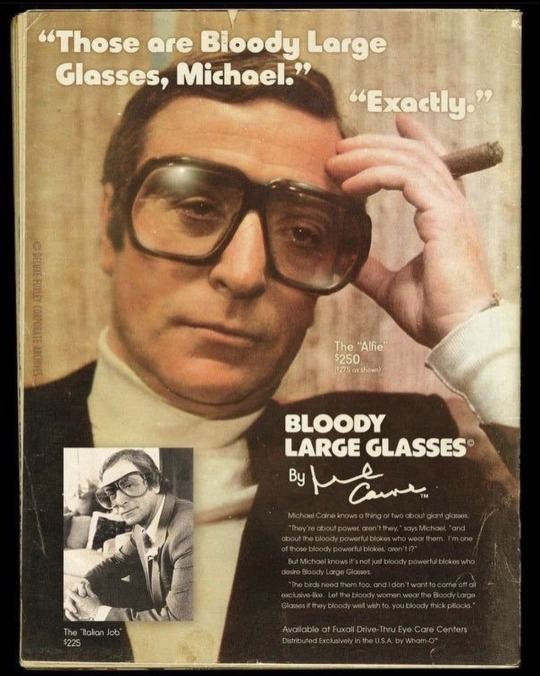
2K notes
·
View notes
Text





Colin Firth as Harry 'Galahad' Hart
Kingsman: The Secret Service; Kingsman: The Golden Circle | dir. Matthew Vaughn
363 notes
·
View notes
Text
Describing New Settings

Hey friends, Abby here with another writing post! Today I’m coming at you with tips on introducing new places through your character’s eyes — how to do it effectively and naturally, without overwhelming your reads with every little detail.
It’s often hard for readers to pick up on the exact appearance of a place upon the first visit, which is why this isn’t something you should aim for. Try to think of it through the filter of your own mind; if you walked into a museum you’ve never been to before, you wouldn’t expect yourself to remember every single detail, so you shouldn’t hold your readers to the same “standard”. So what would you remember?
What Draws the Eye?
Maybe they walk into someone’s bedroom and the walls are bright green. That would be pretty hard to forget, don’t you think? Most bedrooms don’t have bright green walls, so that’s something you’d probably notice and expect the next time you went into that room. Or maybe you notice how generic the room feels because there’s not much of a personal touch. These are all things you’d come to notice about a room when you enter it; we tend to look at everything holistically before picking out the smaller details. Keep that in mind when you’re writing your character’s very first impression. These could include (but are not limited to):
Stand-out wall colors
Lots of or very little “personal touch”
Clutter or lack thereof
Flow of the room (Does it seem to go well? Does everything seem to direct the character towards a certain view?)
Anything that would be drastically different from what the PoV character considers “normal”
That last one ties in especially when you’re picking out the smaller details. These are the things you might want to hold off on describing all at once, but introduce them slowly to give the reader more of a feel for the room. Details your character might include (but, again, are not limited to):
Any technology, like a computer on the desk
Minor similarities or differences between the new place and what the PoV character considers “normal”
Anything that might define the character who owns the place, if they’re in the story at all
Things that pop or sparkle or somehow draw the PoV character’s eye when they’re looking around
Things that pertain to the PoV character’s interests
Any collections (for example from my room, Taekwondo trophies and belts, or books)
Anything other characters in the room would draw attention to
What’s Important?
Are there things in this area that’ll be important later in the book? Take a second to notice these in your story, even if they just get a sentence. Establishing their existence in this place will help you nail the continuity that makes your life a whole lot easier when you’re seeing what went down earlier. Anything in this room can be important in one way or another, and I mean anything. For example, we’ll take two very different things:
A pencil and a pad of paper
A Swiss army knife
Your character might be needing one of both of these in the future. Maybe they’re writing down the time and place of their next dentist appointment. Or, ya know, maybe they’re fighting for their life against the savage vampire-werewolf-bigfoot hybrid that just broke into their house. Nothing out of the usual, right?
Either way, if your character needs these things at any point, it’s helpful to make the reader aware that they exist somewhere. If your character knows, do your best to convey that information to your readers. Unless you’re using it as a plot device, keeping your readers in the dark can be incredibly frustrating when the knowledge was something trivial.
So, that’s all I’ve got for you today! If there’s anything you want to see me write about in my next post, please don’t hesitate to leave a message in my ask. Until next time, much love! <333
3K notes
·
View notes
Text
Character’s rooms say a lot about them
Whenever I show a character’s room for the first time, I always find myself thinking long and hard about it.
So much so, I often avoid it out of fear of getting it wrong.
I think it’s a very important insight into a character and there are so many small details we can use.
Is there bed made or a mess?
Is the room tidy or a mess?
Do they have posters up on the walls?
Are there photos anywhere? If so, of whom? Friends? Family? Random places they’ve visited?
What useless junk is there? A snow globe from a visit to the zoo? Some figurines from a show they liked as a kid?
What not useless junk is there?
Do they have a hobby and where can we see that in their room?
Do they have a large or small desk?
How big is their closet? Is it an open or closed design?
Is the window open?
Are there plants by the window?
Are the curtains pulled?
Where are their dirty clothes kept? Thrown on the floor or in a laundry basket?
Are there any empty bowls or dirty plates? This tells us a character comes to their room to eat. Why? To avoid others or because they don’t want to be away from their work?
There is so much you can tell about a character from their room! It’s kind of intimidating but also amazingly fun to think about.
As usual, check out my socials and book here.
Maybe I’ll do a full post going into detail about character’s rooms. I’ve been doing a lot of shorter posts lately, I’m kind of going through a bit of brain fog. It makes sense. I’m on a restricted diet (for health reasons, not weight related or anything) so I’m a little hungry, I’ve managed to somehow get into a schedule of waking up at 8am, leaving home at 9am and not getting back until 10pm. University plus apprenticeships was maybe not my brightest idea. But oh well, thankfully I enjoy my apprenticeship and my university course. Plus I’m finding just enough time over the weekend to keep up with Tumblr and TikTok.
I’ve said this plenty of times before but, if you have any questions, request for writing advice, anything! Right now they’re more aprecitated than ever because you’re saving me having to actually think of a post! (Although I do have about nine posts in queue so if my answer takes a while, blame my efficiency!)
1K notes
·
View notes
Text
We don’t talk enough about how fanfiction writers love to give character large amounts of non-specific paperwork they hate doing
43K notes
·
View notes






